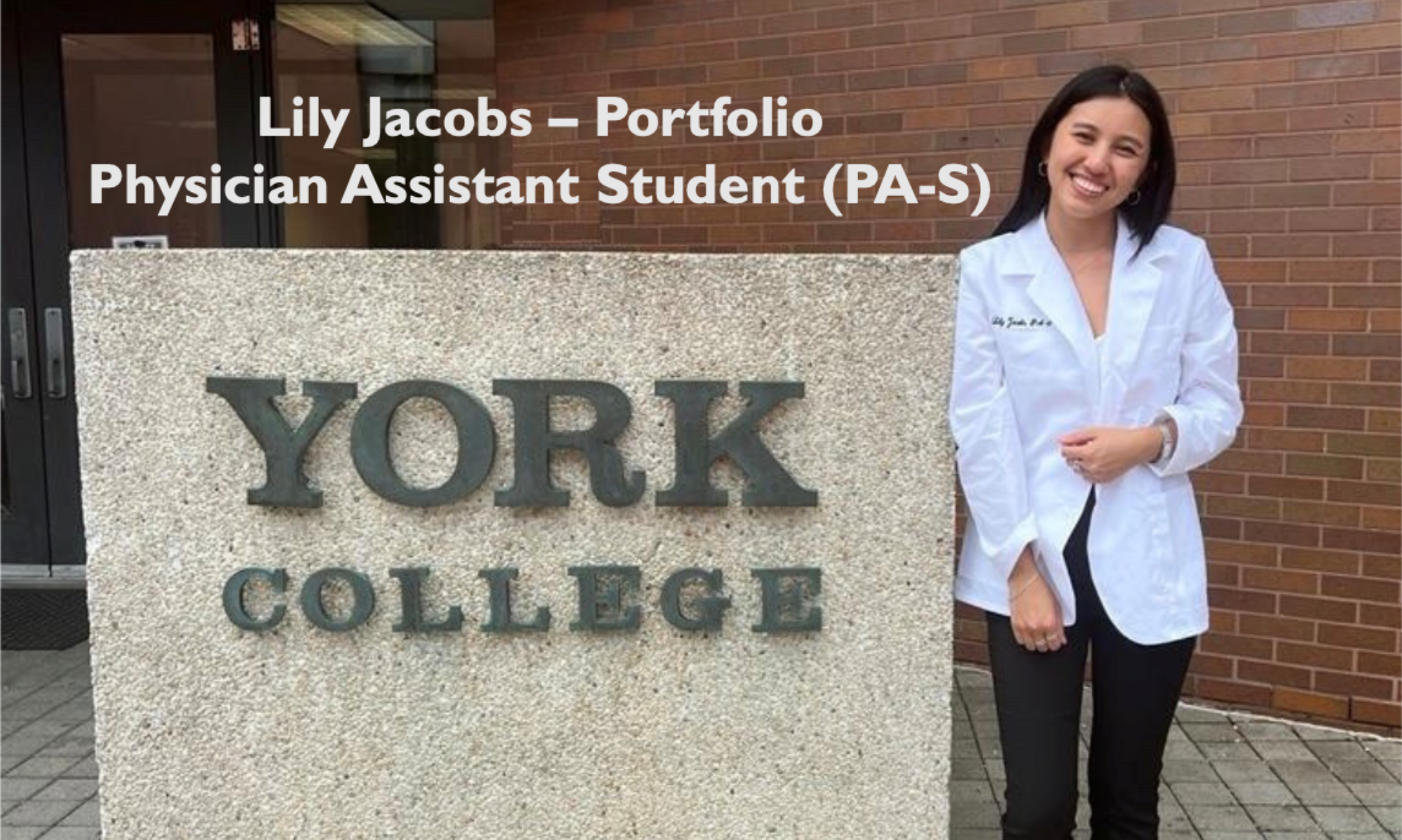My Ambulatory care rotation was a nice change following my other 4 rotations as it was my first rotation that I was not in the hospital setting. What I really enjoyed about this rotation was that I got to work mainly alongside other physician assistants, some new graduates, who were often the sole provider during the shift and I was able to take a primary role in the care of the patient. I would gather the HPI and perform my physical exam before the provider went in and then present it to the provider. After their examination, I would be asked what my assessment of the patient is, how I would treat the patient (including if I would order any lab work or diagnostic tests.), and then deliver education on the diagnosis to the patient.
During my time at the clinic, I was able to solely perform or assist in wound care, cerumen disimpactions, IM/SC/ID injections, throat or nasal swabs, nebulizer treatments, and removal of foreign bodies. What I liked about working at Nao Medical specifically was that the providers were certified to medically clear patients to work for NYC ACS. I was able to perform more of a comprehensive physical exam on these patients, was taught how to complete the fit test with the patient, and then was able to administer the PPD test afterwards. In addition to the procedures, one area that I particularly enjoyed was getting more practice on providing education to the patient following the diagnosis. It really tested my own knowledge in certain areas and showed me the topics that I needed to improve on.
One area that I felt weak in was explaining the pathophysiology behind abnormal lab results to a patient. A handful of patients would come to the clinic to have their blood work results interpreted, even if the orders were not necessarily from this clinic. One of the providers really took his time to explain the significance of each abnormal value with me and then we would discuss possible underlying causes and what follow up questions needed to be asked. One helpful resource that was recommended to me was the “Clinician’s Guide to Laboratory Medicine.” It gives an overview of what each component represents and then provides a clear step-by-step approach to interpreting lab results and what conditions or patient behaviors to consider when a value is of a certain level.
One thing that I took note of during this rotation was that patients do not want to go to the ER. It is important as an urgent care provider to be able to determine if the patient can be managed in the outpatient setting or if the patient should be referred to the ER. Two patients in particular that come to mind, one being a 50 year old male who presented with chest pain accompanied with shortness of breath and a productive cough with rust colored sputum, and the second one being a 70 year old female who presented with severe abdominal pain accompanied with bilious vomiting. Both patients were strongly advised to go to the ER, the women went via ambulance and the man decided against going. All patients who presented with chest pain and abdominal pain, the providers treated with caution and examined thoroughly because the clinic was very limited in the diagnostic testing they could do.
Overall, my rotation was a great experience to see conditions that I otherwise may not have seen in another setting such as tick bites or hordeolums and to practice educating my patients on URI management, on lab work results, on the transmission of sexually transmitted infections, on wound care etc.


